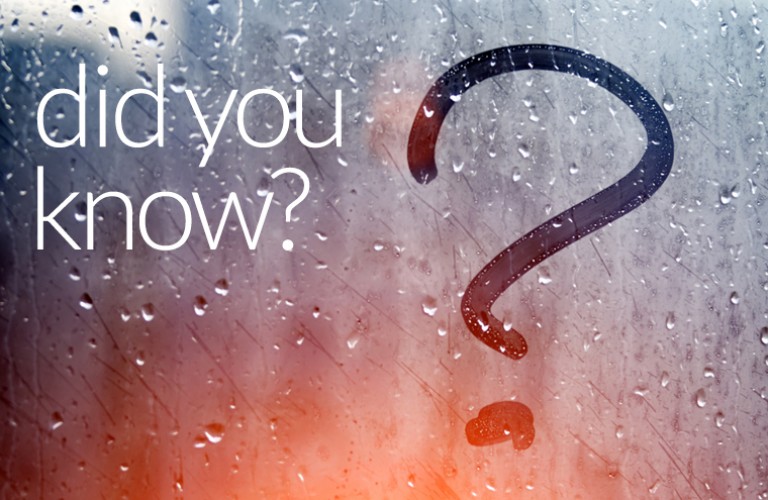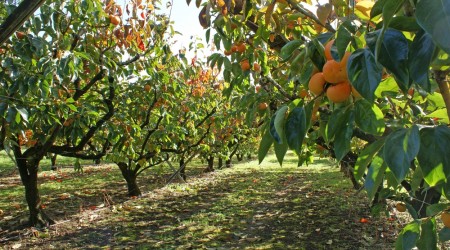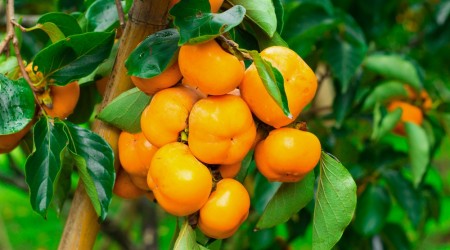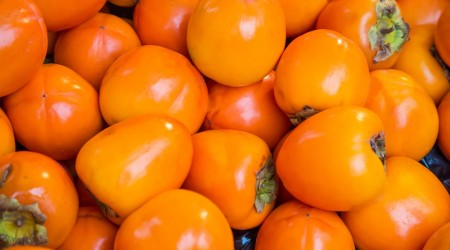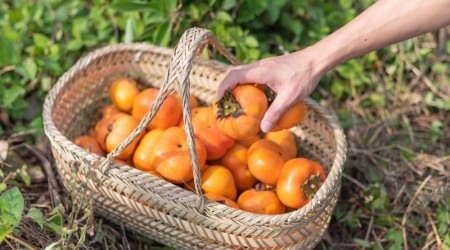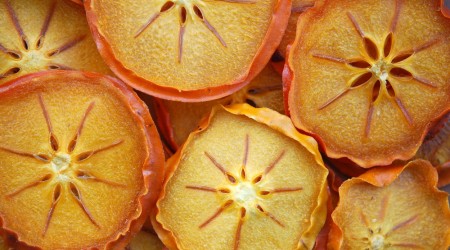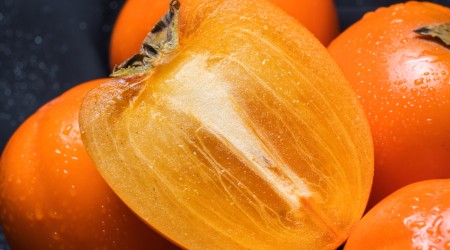Inspirational Persimmon Madness !!!
The time has come to find all the facts you may ever need around the existence of the most radical of fruits... the Persimmon!
Did you know it is native to China, where it has been cultivated for centuries and more than two thousand different cultivars exist but there are only 2 types of commercially available persimmons: Hachiya and Fuyu.
The plant was introduced to California in the mid 1800’s.
Persimmons are eaten fresh, dried, raw, or cooked. When eaten fresh, they are usually eaten whole like an apple in bite-size slices, and may be peeled. One way to consume ripe persimmons, which may have soft texture, is to remove the top leaf with a paring knife and scoop out the flesh with a spoon.
In Korea, dried persimmon fruits are used to make the traditional Korean spicy punch Sujeonggwa, then matured, fermented fruit is used to make a persimmon vinegar called Gamsikcho.
They can be used in cookies, cakes, puddings, salads, curries and as a topping for breakfast cereal.
The health benefits of persimmons include ability to improve eye health, reduce signs of aging, prevent various types of cancer, improve digestion, boost your immune system, lower cholesterol, increase your metabolism, promote weight loss, strengthen your bones, boost cognitive function, lower blood pressure, and take care of your skin.
Persimmons belong to the berry family and can be oval, roundish, heart-shaped, golden-yellow or orange-red coloured. All parts of the fruit, except the seed, are edible.
It can take a persimmon tree up to 7 years before it produces fruit.
Persimmons are typically in season from September to December.
Solution made of crushed wild persimmons and water is used as natural, homemade insect repellent.

Find Out What's Outstanding
What's Amazing This Week
Danger Zone
It May BITE!!!
Golden Del Boy
Save, Save, Save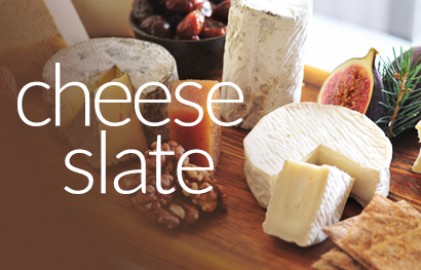
Cheese Slate
Refresh Your Mind Week Comm: 23/02/20 Cheese Slate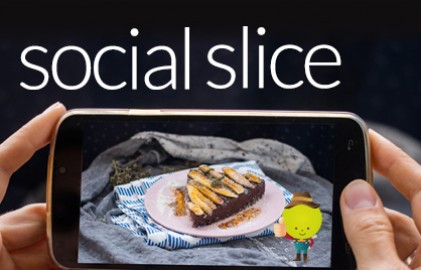
Share Your Creations
Chatter Box
Supplier Connection
Bonjour
Speed Reader
Speedy
Whats New ??
Read All About It
Sample Sign Up
Refresh Your Mind Week Comm: 23/02/20 Sign Up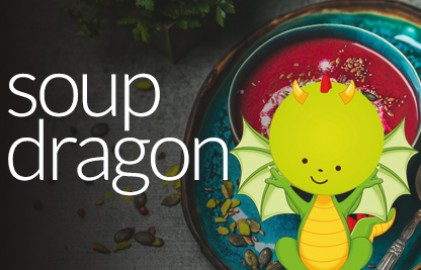
Soup Dragon
Refresh Your Mind Week Comm: 23/02/20 Soup Dragon
Bridor
Refresh Your Mind Week Comm: 23/02/20 Bridor
Weekly Thoughts
Hmmm...





